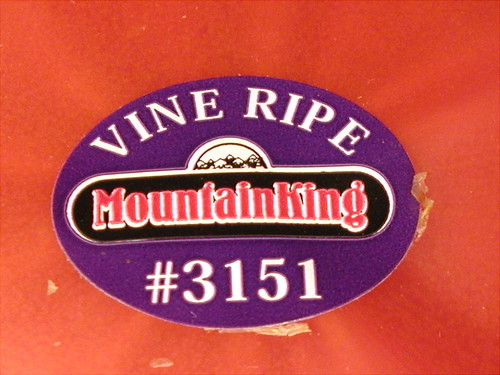Sorry for the hiatus! My May was quite hectic and my body was telling me to take a break and take it down a notch in June. So here I am after listening to my body with my first post for the month.
Continuing the conversation on detoxing, I would like to spend a brief moment on why our modern day bodies need assistance in detoxing. Our bodies do indeed naturally detox. We breathe, sweat, urinate, and defecate, all functions of our body that release toxins. However, we constantly bombard our bodies with toxins, at a greater rate than they naturally can get rid of. This is a very complex topic that includes environmental factors, pharmaceuticals, lifestyle, and the food we eat. I am only going to touch upon food at a high level now as it is most relevant to cleanse I am holding later in the month. Check the Events section this weekend for information and registration!
What we eat and do not eat contribute to much of the toxic overload of our bodies. Our diets have deviated from what we have ingested for hundreds of thousands of years. This is significant because our bodies have adapted for a certain type of diet and we have drastically changed that diet in the past century. Our bodies are meant to eat whole, unprocessed foods, fruits, vegetables, and whole grains in particular. These foods have natural fibers that help move along our digestive system and also our elimination system. In a diet devoid of fiber, our bodies do not eliminate toxins as efficiently and store them in our bodies. The Standard American Diet has very little whole foods and...
Not only are we not eating whole foods, but we are eating massive amounts of processed foods. Some processed foods have fiber, but that is not the issue. The major issue with processed foods is that there are countless chemicals and additives. The majority of American diets are made up of processed foods laden with MSG, high fructose corn syrup, artificial colorings, artificial sugars, trans fats…and the list goes on and on. When ingested, our bodies naturally try to digest these chemicals but they do not react the same as natural foods react in our bodies. Some of it exits after going through the digestive system, but before doing that, they tax our liver. Many get absorbed into the body and store themselves in fats and organs. As they are stored in our body, they can actually cause a vast variety of health issues like developmental problems, learning disorders, obesity, tumors, and even cancer.
As much as I try to stick to a whole foods diet, I still eat processed foods like pasta/noodles, rice crackers, chocolate, pre-made nut butters, and almond milk. Also, I know that the conventionally grown vegetables and fruit that I eat contain pesticides and other chemicals sprayed on during growth (see Dirty Dozen). That is why I think it is really important for us to assist our bodies to detox through a cleanse. Ready for my cleanse yet?







